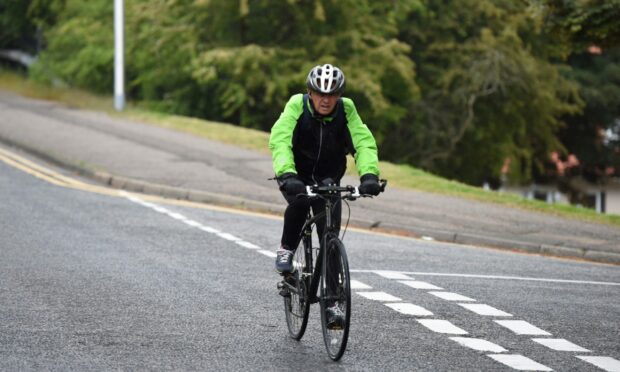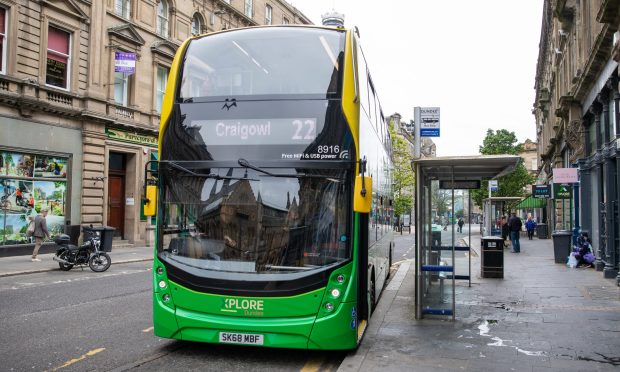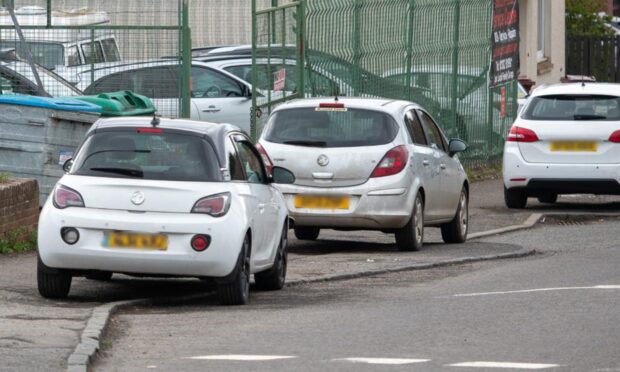Cycling deaths on Scotland’s roads hit a seven-year high in 2020 as thousands more people got on their bikes during the pandemic.
Cycling Scotland leaders have moved to reassure cyclists after Transport Scotland revealed 11 people had died in cycling accidents in 2020.
Cycling was the only form of transport to report an increase in the number of fatalities last year. Car, pedestrian, motorcycle and bus user fatalities all fell.
The pandemic has meant fewer vehicles on Scotland’s roads. The UK Government’s Department for Transport estimates Scottish motor traffic is down 23% and cycling on roads up 61% in 2020 when compared to 2019.
The 11 cycling deaths figure is one higher than the previous year and a significant rise on the six cyclists who died in 2018.
Former Royal Marine Tansy Lee, 61, was one of those to lose their lives in 2020 following an accident in the Angus village of Auchmithie.
Serious accident numbers involving cyclists have also increased by around a third – from 182 to 242.
Direct comparisons between years cannot be made, however, after Police Scotland changed the way it classifies injuries in the summer of 2019.
Total accidents involving “pedal cycles”, including less serious incidents, rose from 589 to 599 between 2019 and 2020.
The numbers killed and injured in car accidents plunged by 41% during the same period – from 4,612 to 2,742 accidents involving injuries.
Why rise in cycling deaths should not be ‘inevitable’ in 2020 or any year
Keith Irving is Cycling Scotland’s chief executive. He said the number of cycling deaths in 2020 was “unacceptable.”
“There is no doubt that the tragedy of 11 people being killed and the number of people seriously injured while cycling in 2020 is unacceptable.
“Cycling is fantastic for your physical and mental health and the chance of being seriously injured or killed cycling on Scottish roads is low.
“But one serious injury or death is one too many. Fear of traffic is stopping even more people cycling.
“The increase in the number of people cycling cannot mean a rise in fatalities and the most serious injuries is seen as inevitable.”
Cycling soaring in popularity in Dundee, Perthshire, Angus and Fife
Cycling’s popularity is growing faster in most of Tayside and Fife than the Scottish average, according to Cycling Scotland figures.
Cyclists numbers have increased by large margins in Kirkcaldy, Dunfermline, Dundee and Arbroath, according to data collected through the cycling body’s counters.
Scottish Government agency Transport Scotland published the cycling figures as part of its Key Reported Road Casualties 2020 bulletin.
The figures include road accidents reported to the police in which one or more people were killed or injured in Scotland.
The number of pedestrians killed dropped from 44 to 34. Motorcycle fatalities fell from 25 to 18. Car numbers fell from 76 to 72 and deaths involving buses or coaches dropped from three to one
A Transport Scotland spokesman said: “We’re committed to improving road safety for everyone.
“Scotland’s Road safety Framework to 2030 has a renewed focus on pedestrians and people who cycle, including specific casualty reduction targets for cyclists.”










